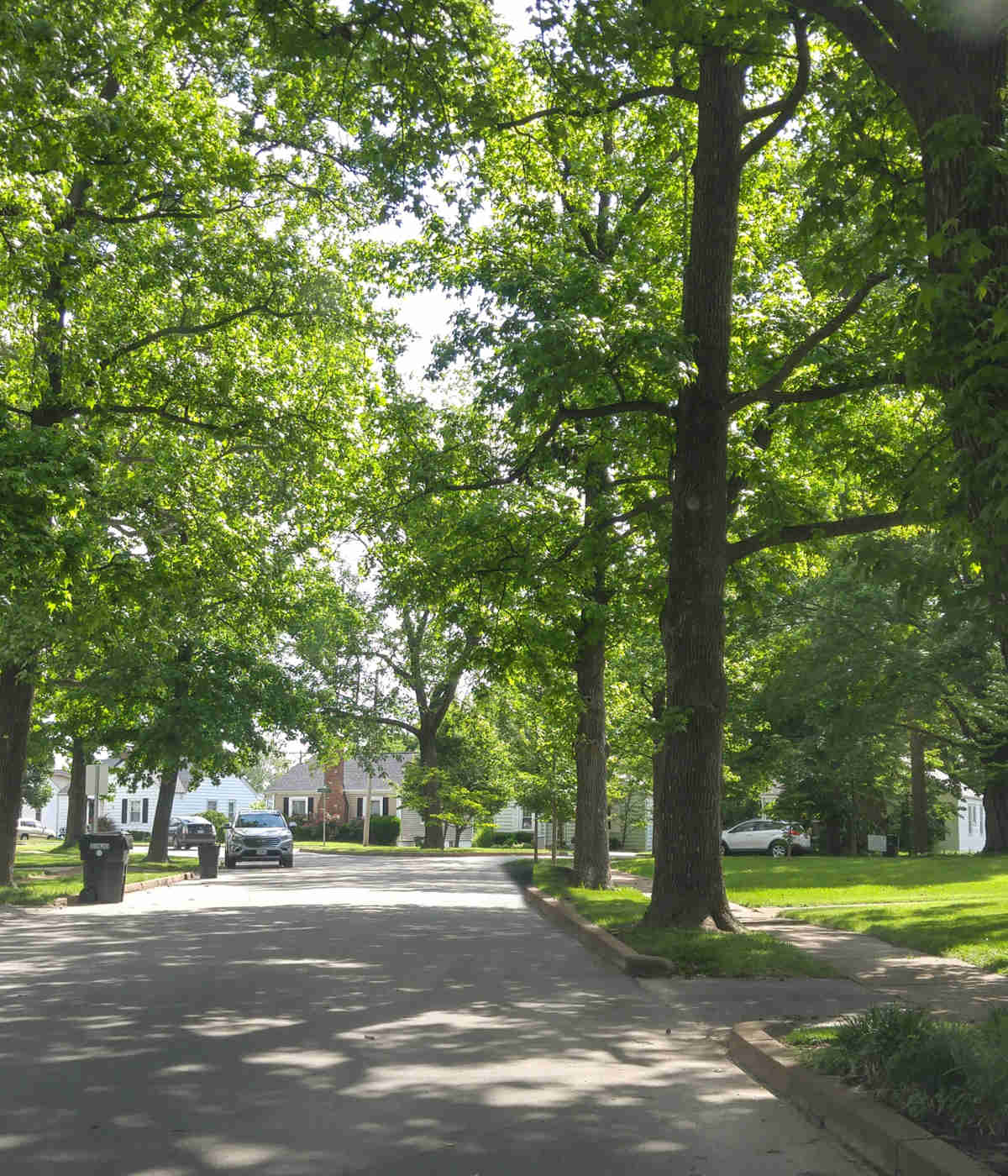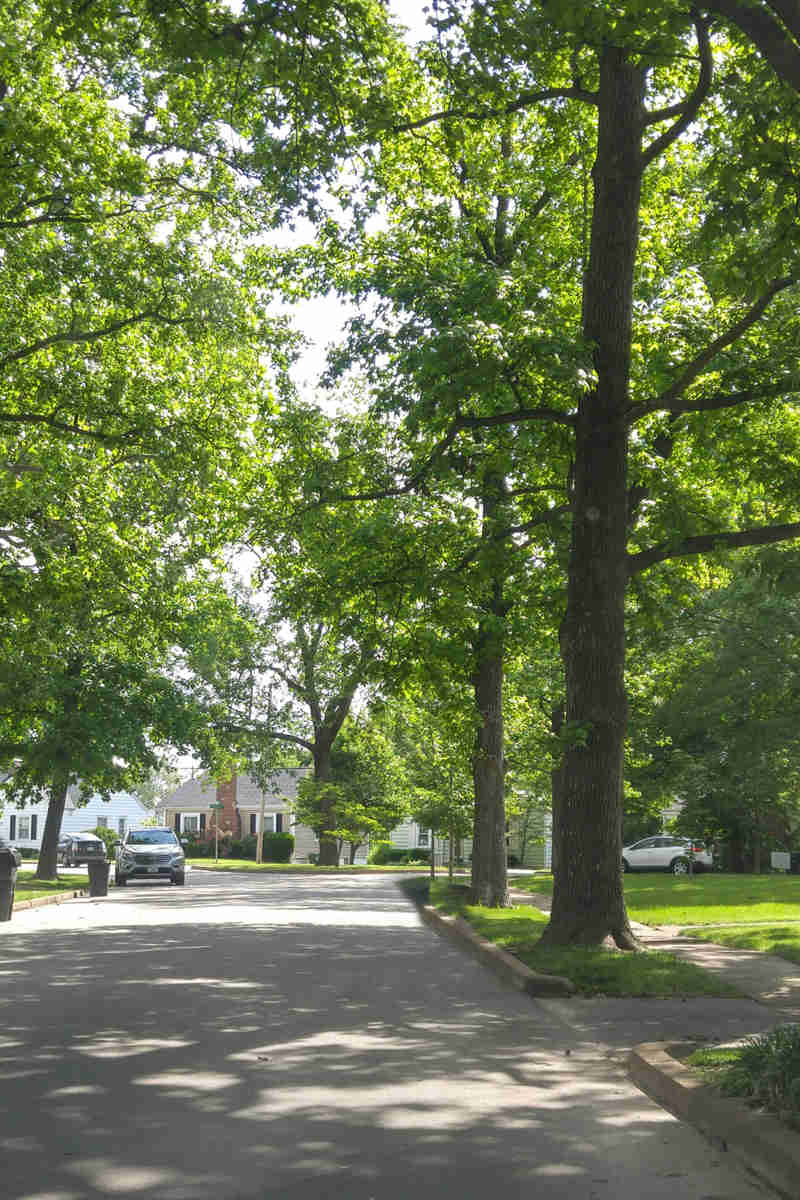Over the years, rising temperatures and changing weather patterns have caused an increase of dry conditions in unlikely regions of the U.S., including the Northeastern U.S. While terms like drought may sound dire, there are still ways to ensure your property continues to thrive.
These landscaping tips for drought-prone areas in Massachusetts can help you determine what plants and watering techniques will work best for you in drier conditions.
Landscaping in a Drought-Prone Massachusetts
In Massachusetts, the ground thawing from snowy winter conditions impacts water absorption, giving the illusion that a drought is over. The issue arises during the summer, when warm temperatures cause soils to dry out.
While precipitation rates are more frequent, they are also more sporadic, causing rainfall to be less evenly spread out throughout the months and resulting in more instances of drought conditions. At least six months of drought have occurred in Massachusetts over the last seven years.
Homeowners can check drought conditions at the University of Nebraska’s drought monitor.
Efficient Watering Practices for Drought Conditions
Efficient irrigation techniques for drought-prone gardens in Massachusetts include watering deeply, slowly, and infrequently. A soaker hose or drip irrigation system allows water to penetrate deeply into the soil without runoff while maintaining control of the water’s flow.
Watering early in the morning reduces evaporation losses and ensures trees have ample moisture to face the day’s heat. While it may seem like the best course of action is to water more frequently, aiming for a thorough soaking once or twice a week encourages deeper root growth, making trees more resilient to drought. Watering your lawn at 1 inch per week during a drought will keep the root system healthy and maintain color.
Extremely sandy soils will need more water than clay or loamy soils. If you have sandy soil that drains quickly, you may need to water more frequently.
If you live in a drought-prone area, always check for and follow any local water restrictions.
Mulching & Soil Health: Key to Water Conservation
Mulching and soil health are both critical components to retain plant and tree moisture during drought conditions. A layer of organic mulch, such as bark, can help significantly reduce water evaporation, moderate soil temperature, and improve soil health.
Here are some of our tree mulching tips:
- Proper Application – Spread mulch in a 3-4 inch layer, extending to the tree’s drip line.
- Avoid Volcano Mulching – Don’t pile mulch in a volcano form against a tree trunk. This can cause rot and pest problems. Instead, leave a 1-inch space between the mulch and the trunk.
- Refresh Regularly – Replenish as much as needed, at least annually and, if necessary, after heavy rain or wind.
- Break Up Crusted Over Mulch – Cultivating crusted over mulch will help water penetration and reduce runoff. Be careful not to cultivate too deep in order not to damage any roots!
Prune Wisely
Believe it or not, how and when you prune your tree can affect your landscaping during a drought in Massachusetts. Pruning overgrown canopies when needed can help reduce the overall water needs of a tree as well as mitigate drought stress. If your tree is showing symptoms of drought stress, avoid pruning to cause further damage.
Partial leaf drop can happen early in the season if there are cool, wet conditions followed by hot, dry weather. While this can be normal for some tree species, consult a certified arborist if this occurs just to be sure!
Best Drought-Tolerant Landscaping Plants for Massachusetts
While some plants perform better than others during drought conditions, remember that dry seasons are not permanent. It’s likely that these conditions will vary from year to year, and that a very wet year could follow a drought. Rather than planting for a drought, plant trees well-suited to your property’s conditions. Healthy and thriving trees are more likely to resist drought stress.
Here are some recommendations for drought-tolerant plants in Massachusetts:
- White Oak
- Hickory
- Black Gum
- Butterfly Bush
- Coffeetree
Avoid These Mistakes During Massachusetts Heat Waves



